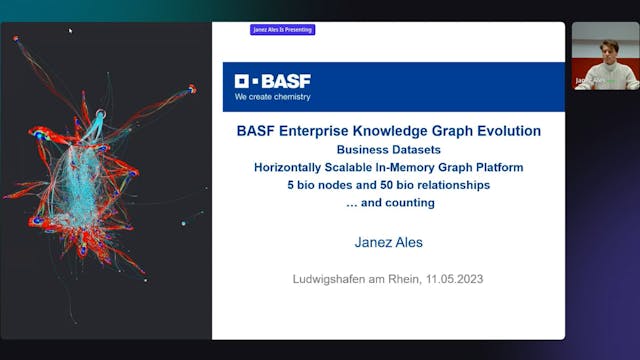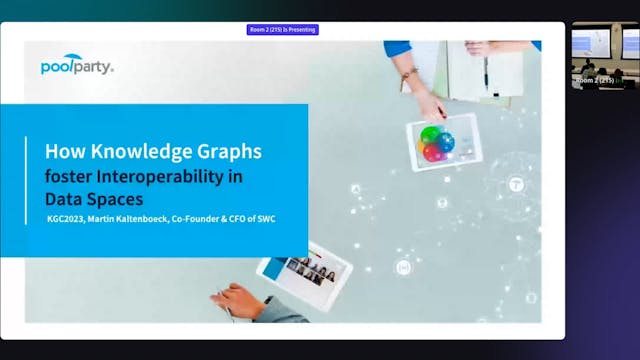MatKG: The largest Knowledge Graph in Material Science
Ontologies, Taxonomies, Data Modeling | KGC 2023
•
23m
In the work, we present MatKG, the largest knowledge graph in the field of material science. It contains over 80,000 unique entities and over 5 million statements covering several topical fields such as inorganic oxides, functional materials, battery materials, metals and alloys, polymers, cements, high entropy alloys, biomaterials, and catalysts. The triples are generated autonomously through data driven natural language processing pipelines and extracted from a corpus of around 4 million published scientific articles. Several informational entities such as materials, properties, application areas, synthesis information, and characterization methods are integrated together with a hierarchical ontological schema, where the base relations are extracted through statistical correlations to which higher level ontologies are appended. We show that using a graph representation model we are able to perform link prediction allowing the correlation of materials with novel properties/application and vice versa.
Up Next in Ontologies, Taxonomies, Data Modeling | KGC 2023
-
Business Impact KGs and Visualisation...
Business impact datasets from supply chains are modelled on KGs with emphasis on rich relationship context. KGs vary in scale from millions to billions of entities and require parallel processing techniques for building, traversing, and computation and are built on an in memory horizontally scala...
-
How Knowledge Graphs foster interoper...
This presentation shows the approach of making use of Knowledge Graphs in Data Spaces and Data Markets to foster data- and semantic interoperability. Interoperability is the enabler of efficient and sustainable data sharing between organisations, either in a certain industry or across industries,...
-
Building an ontology for a Web3 graph...
Key aspects include:
– Balancing business focus with logic and precision; and use of AI-based ingestion
– Choice of predicates and entity types (classes), supplemented with taxonomies
– Entity disambiguation via disambiguation predicates and external identifier mapping
– Use of qualifiers for sup...



